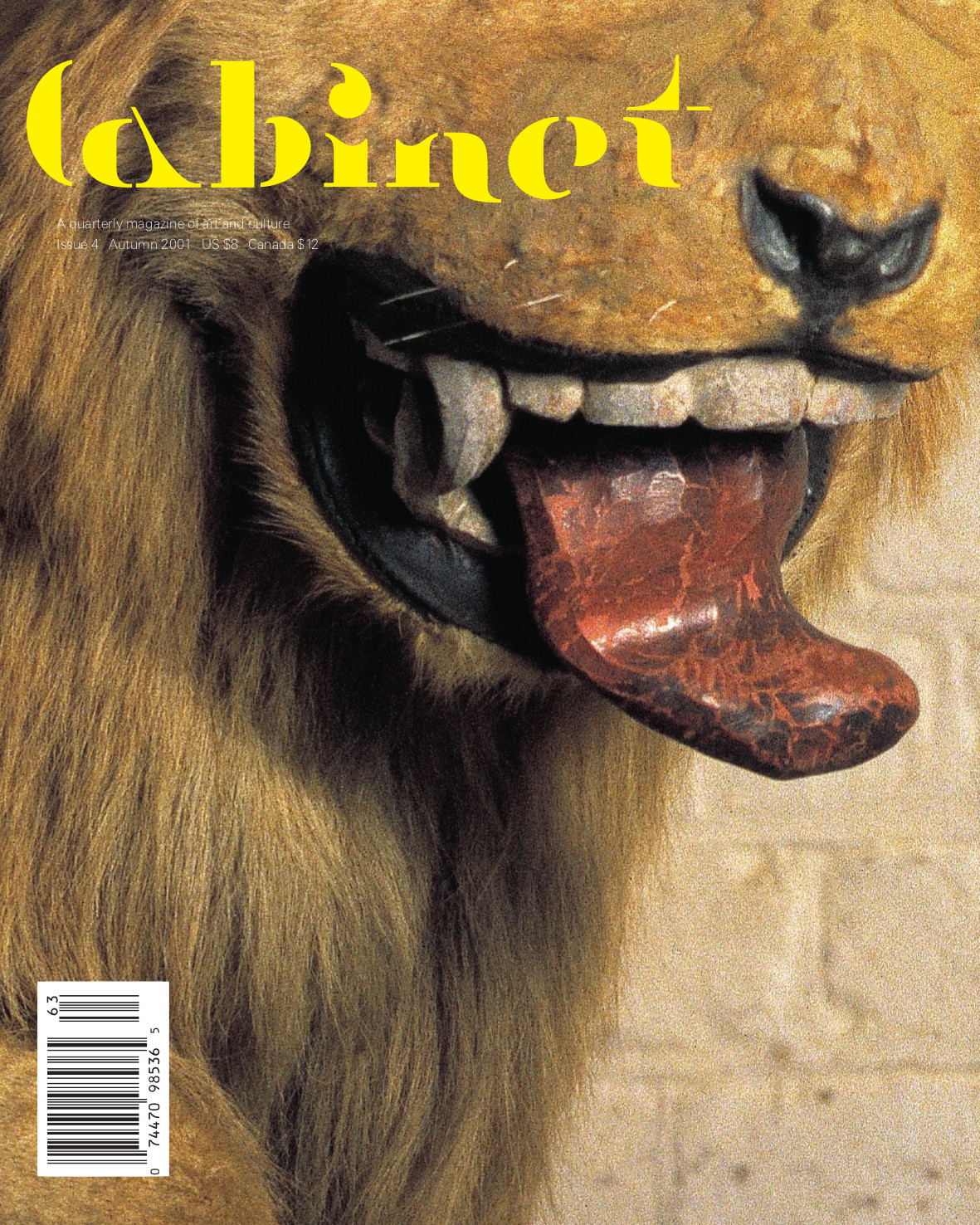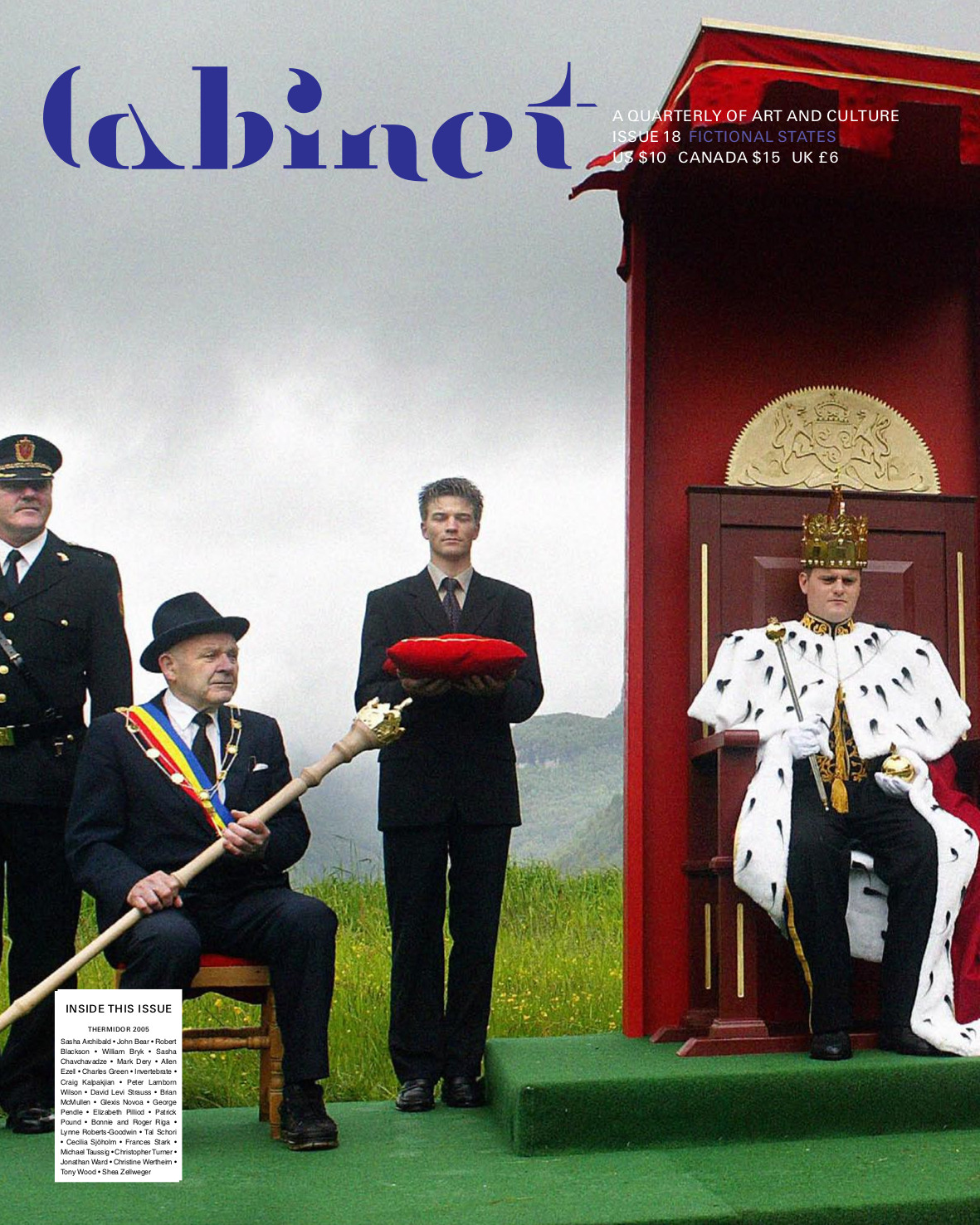Jacques Barzun: Darwin, Marx, Wagner: Critique of a Heritage, 2nd ed (1941–)
Filed under book | Tags: · art, culture, darwinism, evolution, history, marxism, music, philosophy, politics, revolution, science

The nomination of Wagner rather than Freud in the trinity of emblematic modern minds is a sign of Barzun’s profound interest in music and the arts. He argued that these men achieved their reputations by catching the spirit of the age, like surfers on a wave, backed by the formidable public relations exercises mounted by their followers . This earned them the status of intellectual icons despite their lack of originality and the significant flaws in their systems. He described in some detail how all the leading ideas of evolutionary theory, socialism and the leading role of the artist were commonplace for decades before the big three started work.
Barzun was especially critical of the way that their adherents promoted determinism and scientism, with truly disastrous political consequences in the twentieth century. In addition to the shortcomings of their systems, two of the three titans were monstrously egocentric and unprincipled exploiters of their friends and denigrators of their enemies. These personal characteristics became prominent in the modus operandi of their followers, setting the tone for bad manners in transactions between intellectuals that have persisted to the present time.
Reprint of the revised 2nd edition, 1958, with a new Preface, 1981
Publisher University of Chicago Press
ISBN 0226038599
373 pages
PDF (updated on 2014-9-5)
Comment (0)Roy Ascott (ed.): Reframing Consciousness: Art, Mind and Technology (1999)
Filed under book | Tags: · art, chaos theory, consciousness, cyberspace, electronic art, hypermedia, interface, memory, science, technology, telematics, telepresence, virtual reality

We are in the middle of a process of complex cultural transformation, but to what extent is this matched by the transformation in the way we see ourselves? This book covers a wide-ranging discussion on the interaction between Art, Science and Technology, and goes on to challenge assumptions about ‘reality’.
Loosely themed around four key elements of Mind, Body, Art and Values, the editor leads the investigation through the familiar territories of interactive media and artificial life, combining them with new and ancient ideas about creativity and personal identity.The contributing authors number over sixty highly respected practitioners and theorists in art and science, bringing to the subject a stimulating diversity of approach and a rich background of knowledge.
Art has long been preoccupied with questions involving the mind and consciousness. But it is fast finding that new technology, creatively applied, brings new possibilities to bear. This volume provides a strong foundation for the debates that are sure to follow in this field.
Publisher Intellect Books, 1999
ISBN 1841500135, 9781841500133
314 pages
PDF (updated on 2012-7-24)
Comment (0)Cabinet (2000–)
Filed under magazine | Tags: · animal, art, chance, culture, design, dust, electricity, evil, friendship, history, language, literature, magic, mapping, nature, property, science, underground, weather


“Cabinet is a quarterly, Brooklyn, New York-based, non-profit art & culture periodical launched in 2000. Cabinet also operates an event and exhibition space in Brooklyn.
Cabinet is an award-winning quarterly magazine of art and culture that confounds expectations of what is typically meant by the words “art,” “culture,” and sometimes even “magazine.” Like the 17th-century cabinet of curiosities to which its name alludes, Cabinet is as interested in the margins of culture as its center. Presenting wide-ranging, multi-disciplinary content in each issue through the varied formats of regular columns, essays, interviews, and special artist projects, Cabinet‘s hybrid sensibility merges the popular appeal of an arts periodical, the visually engaging style of a design magazine, and the in-depth exploration of a scholarly journal. Playful and serious, exuberant and committed, Cabinet‘s omnivorous appetite for understanding the world makes each of its issues a valuable sourcebook of ideas for a wide range of readers, from artists and designers to scientists and historians. In an age of increasing specialization, Cabinet looks to previous models of the well-rounded thinker to forge a new type of magazine for the intellectually curious reader of the future.”
Cabinet is a non-profit organization. Consider supporting it by subscribing to the magazine, buying a limited edition artwork, or making a tax-deductible donation.
HTML (sold-out issues as HTML articles; click on the covers; updated on 2013-10-10; the download links were removed)
Comments (6)
